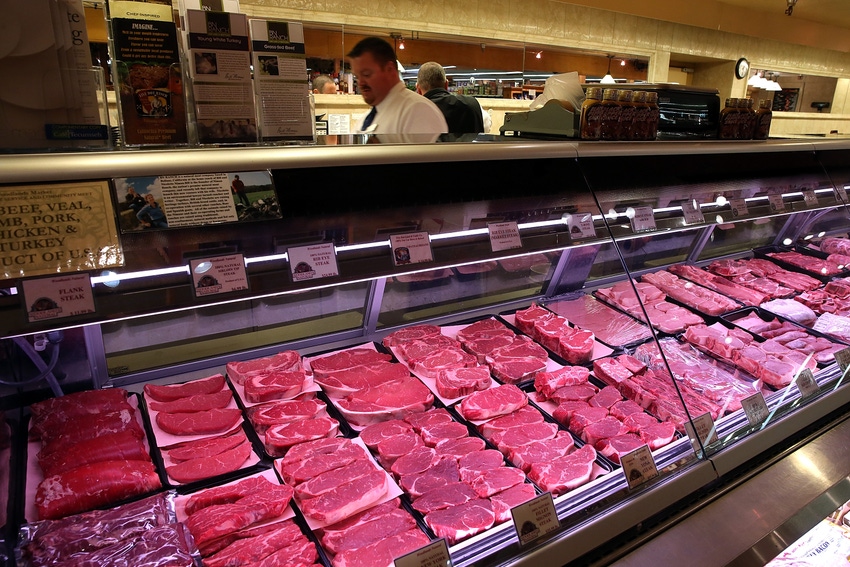How cool is COOL? Depends on your perspective
Here’s an explanation of why BEEF is opposed to mandatory COOL.

We’ve received some feedback on our editorials about mandatory country-of-origin labeling (COOL), especially from readers who support the current and now past version. We appreciate the feedback, and it prompts me to offer some explanation about our position.
BEEF editors are not opposed to the concept of labeling beef. In fact, through the years, you can find many pages devoted to chronicling the innovative efforts of producers to identify and document value-added differences in genetics and management, which are subsequently labeled or branded and marketed to capture the added value.
Those efforts are, by the way, voluntary and market driven. There is nothing preventing anyone today from voluntarily documenting and labeling beef with country-of-origin information
We are opposed to mandatory COOL as it now exists because we believe that it’s bad for the beef business. It adds cost to the packer and retail sectors, while offering no added revenue to dilute the cost. Ultimately, we believe the added cost will be paid for by the production sector through lower prices offered by retailers and packers.
READ: COOL and fuzzy connections
“In terms of consumers, USDA’s regulatory impact analyses concluded that while there is evidence of consumer interest in COOL information, measurable economic benefits from mandatory COOL would be small,” according to Economic Analysis of COOL, prepared for the USDA Office of the Chief Economist and reported to Congress. “USDA’s regulatory impact analyses also found little evidence that consumers would be likely to increase their purchases of food items bearing U.S.-origin labels.”
The research and analysis for the report was conducted by noted agricultural economists at Kansas State University (KSU).
More specifically, KSU researchers estimated the 2009 mandatory COOL regulation would cost the U.S. beef industry $8.07 billion over 10 years. That was besides the estimated net economic loss to consumers of $5.98 billion over 10 years. Changes to mandatory COOL in 2013 increased losses to the beef industry by another $494 million and another $378 million to consumers.
Of course, consumers were not the principle reason mandatory COOL was pushed by some in the cattle business to start with. Proponents of the regulation sought to punish imports of live cattle from Canada and Mexico. It’s important to realize that Canada and Mexico are among the top four export destinations for beef from the United States.
That ultimately was the view of the World Trade Organization, which found that U.S. mandatory COOL violates international trade law.
If trends in consumer behavior continues as we think they will, consumer-focused documentation and labeling—as alluded to earlier— will grow.
READ: Are we really making the cattle business great again?
You’ve read several articles from BEEF about blockchain technology, which is something we think will revolutionize beef marketing. BEEF Daily Editor Amanda Radke wrote on this in one of her blogs about a report from Tyson Foods on consumer trends.
Per Tyson’s report, “39% of consumers say they are willing to switch brands that use more transparent labels. New technology is providing everyone, not just experts and professionals, with background information about their food. The concept of tracking food from farm to table, which first took hold with some smaller brands, will become a focus for big food in 2019.
“Technologies such as blockchain are poised to drive change, with some retailers and companies tracking food from sourcing to shipping to store. New bar code technology is also enabling shoppers to scan a product code with their smart phone and see the farm the chicken came from, how far it traveled and even view a picture of the farmer who raised it.”
That’s the future of beef labeling, not a damaging and self-destructing effort that adds cost to beef production while offering nothing of substance to consumers. And that’s why we oppose mandatory COOL in its present form.
About the Author(s)
You May Also Like


.png?width=300&auto=webp&quality=80&disable=upscale)
